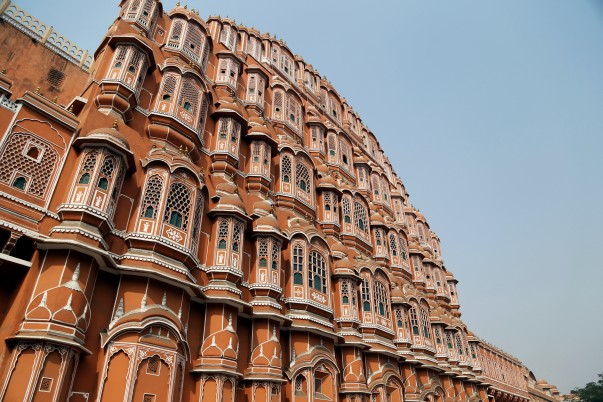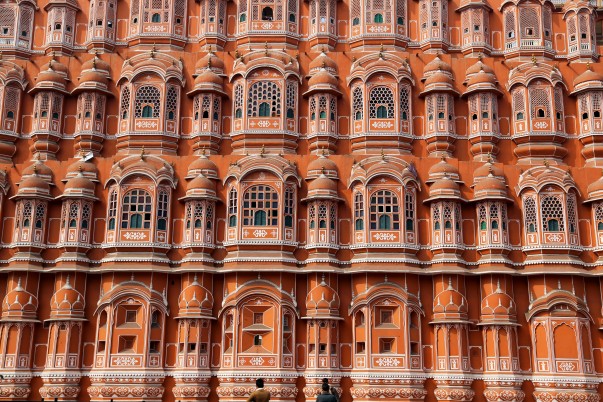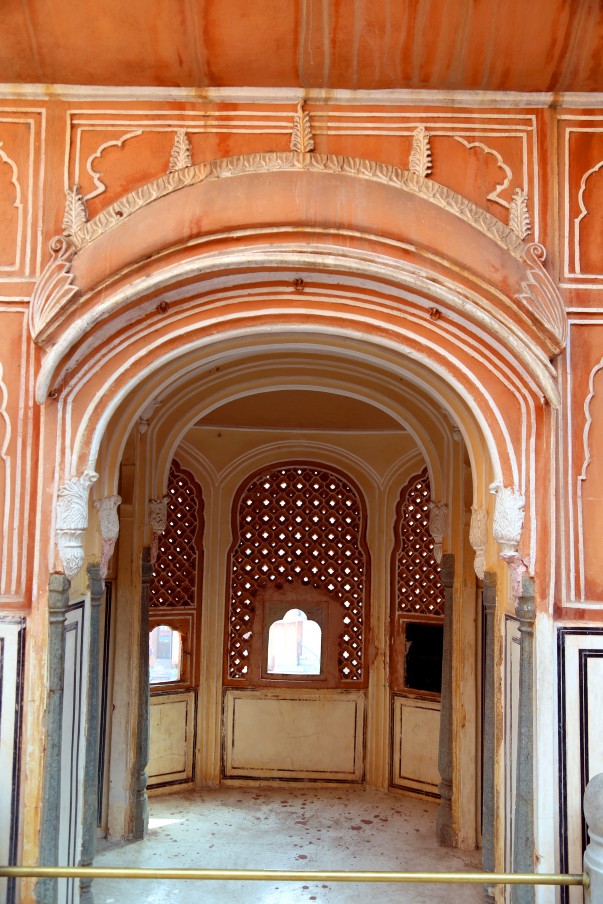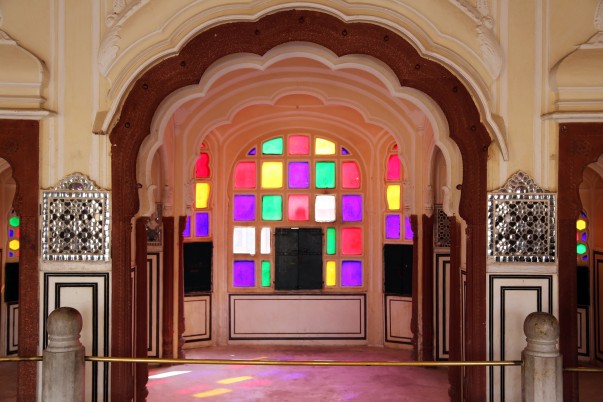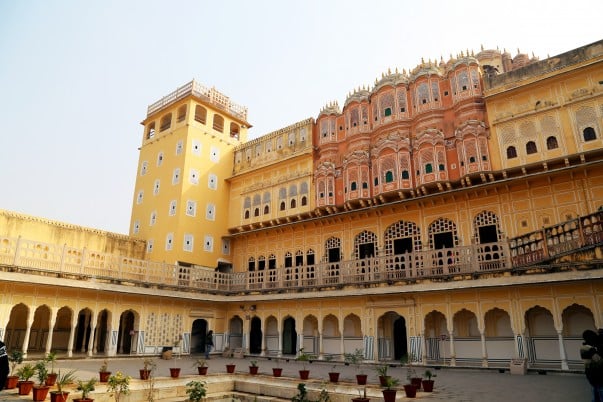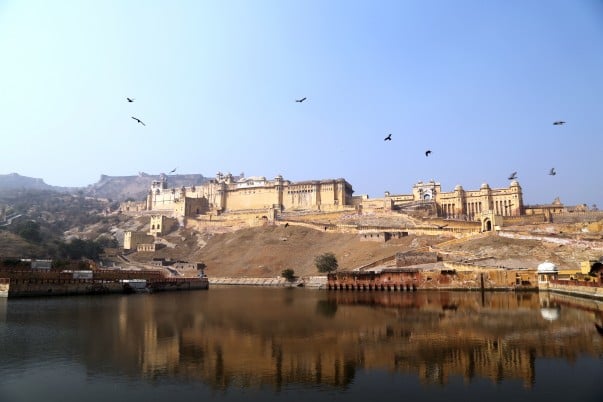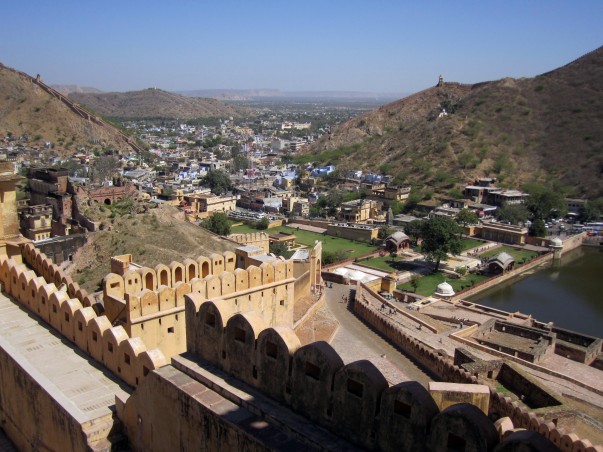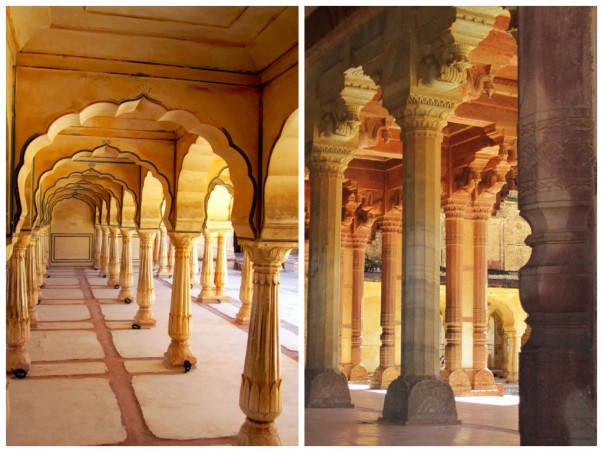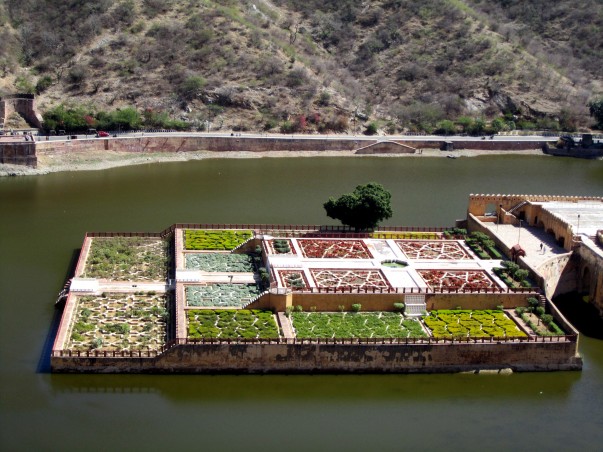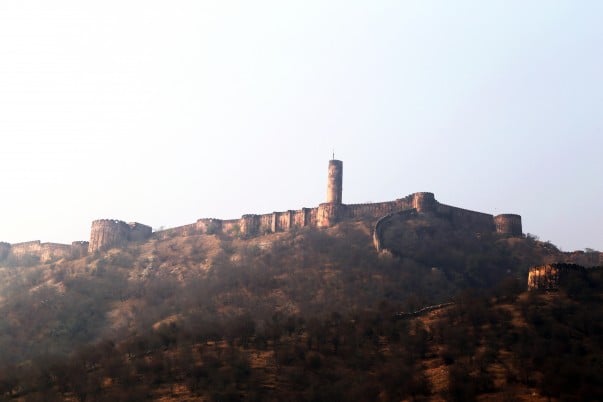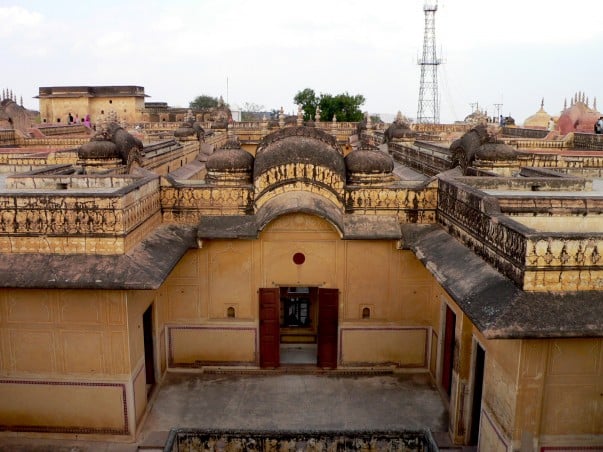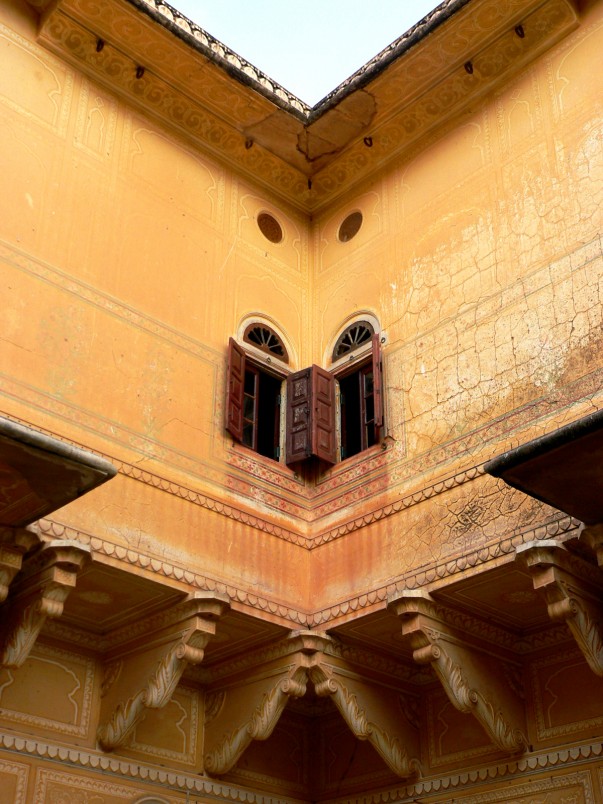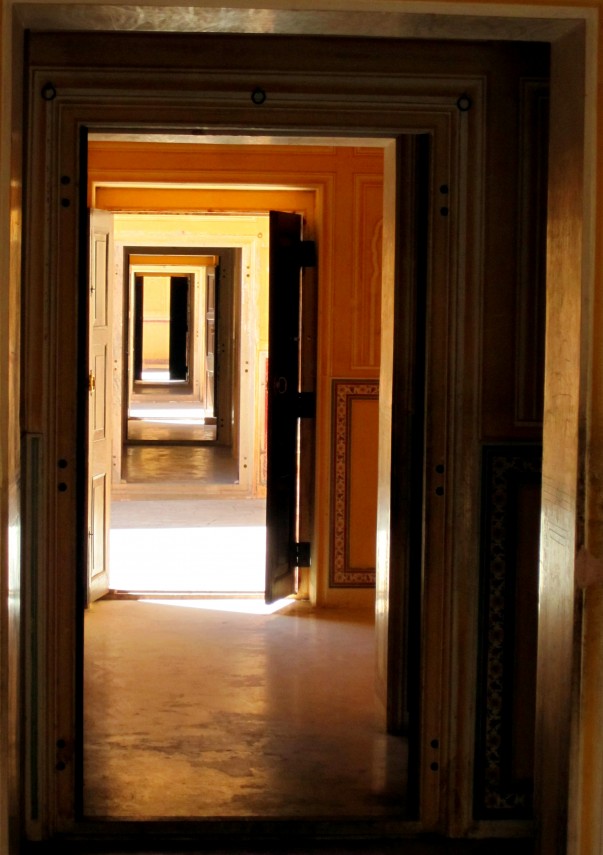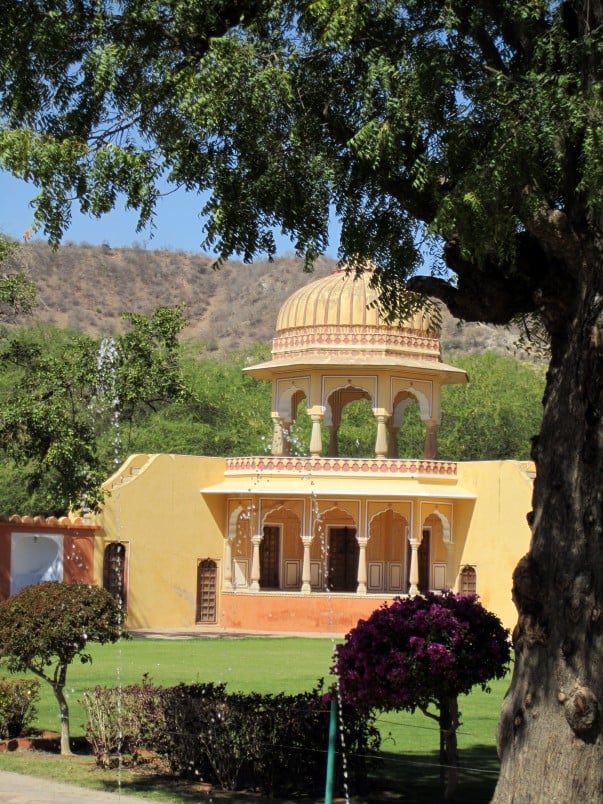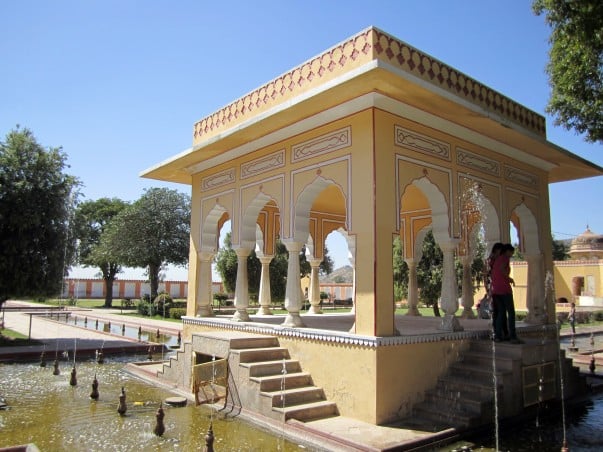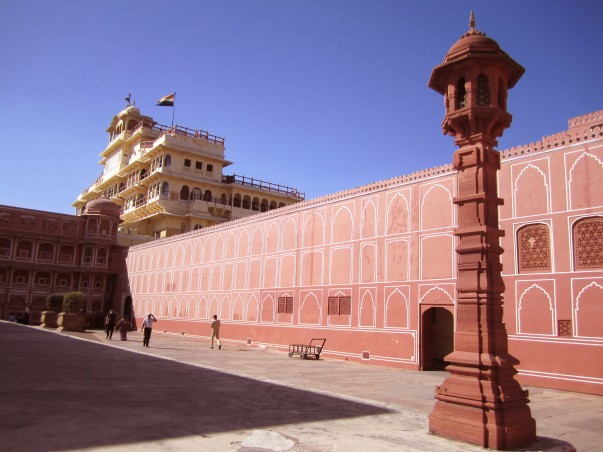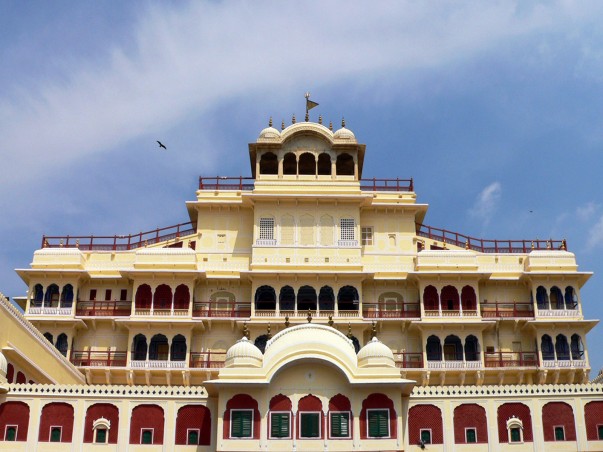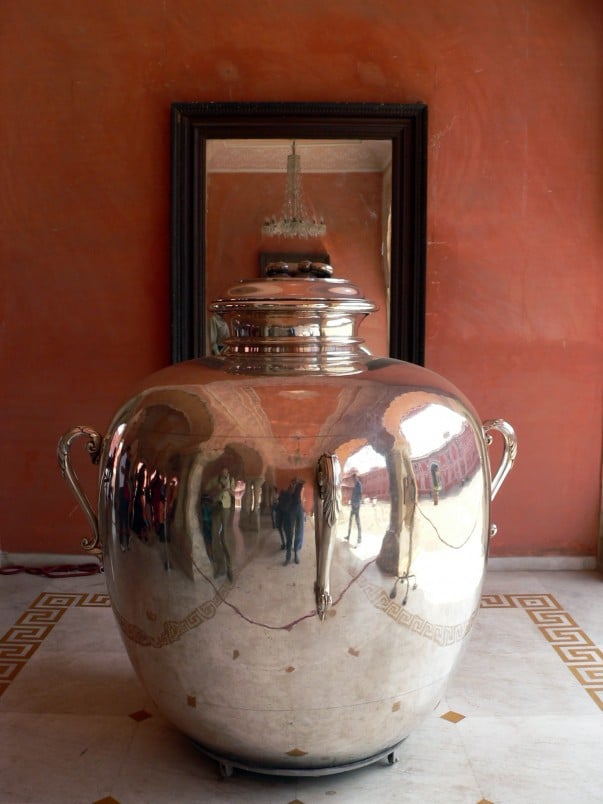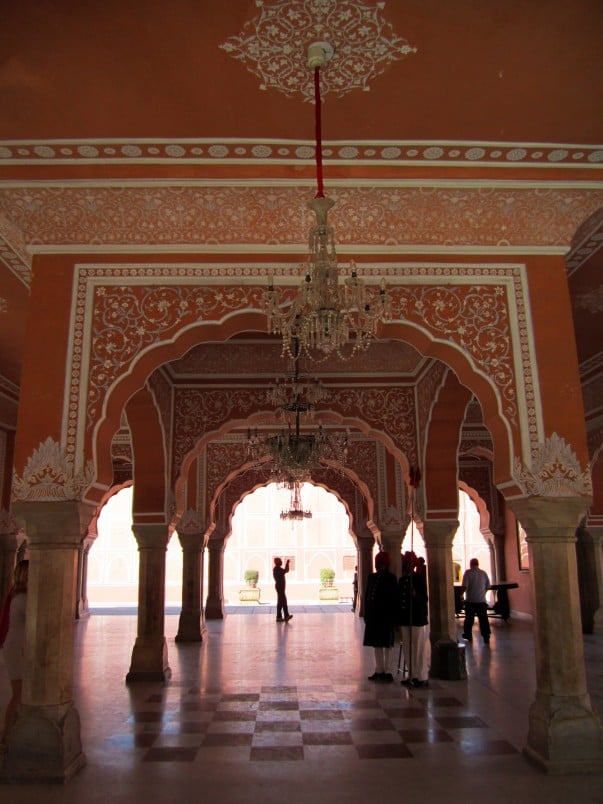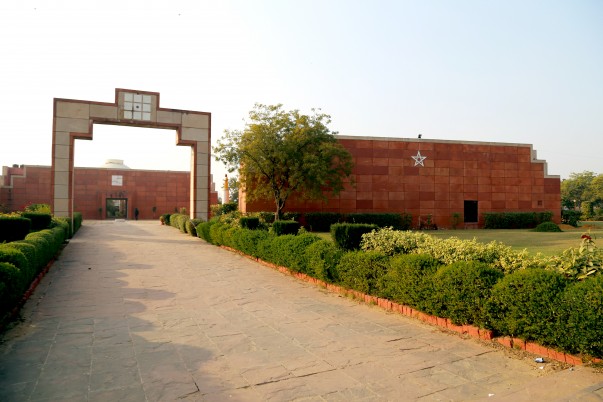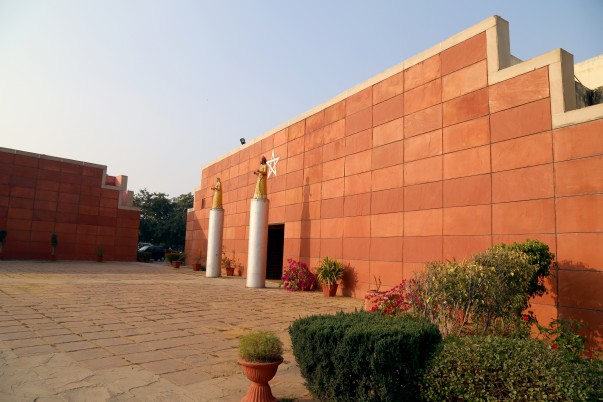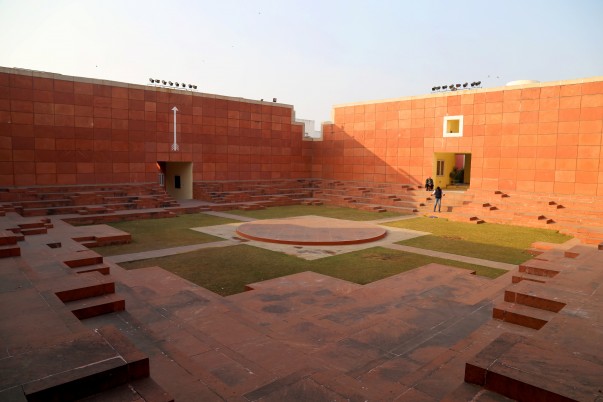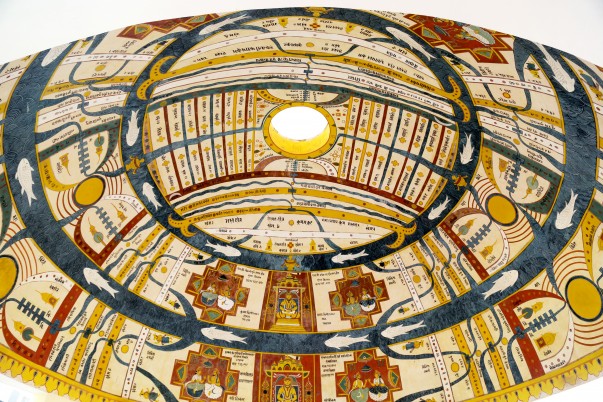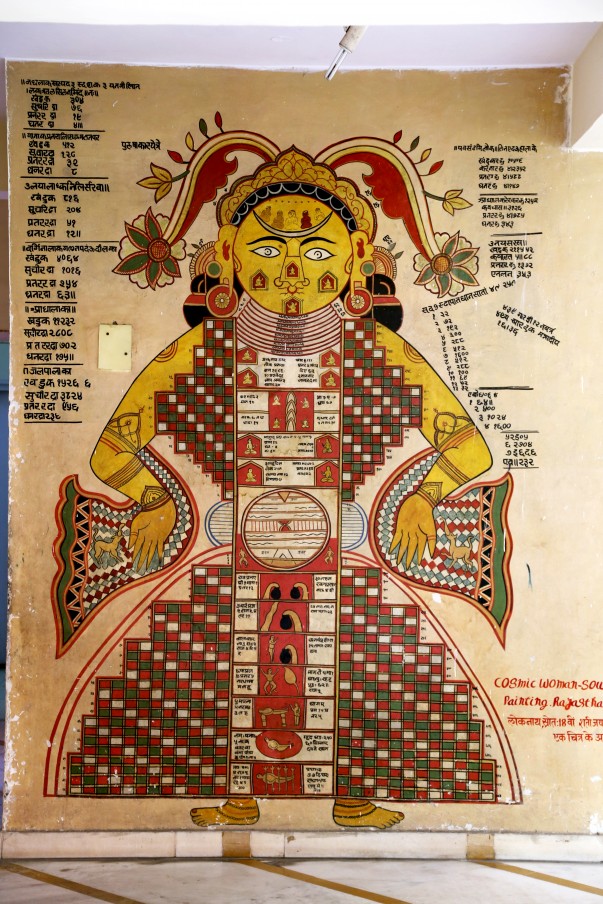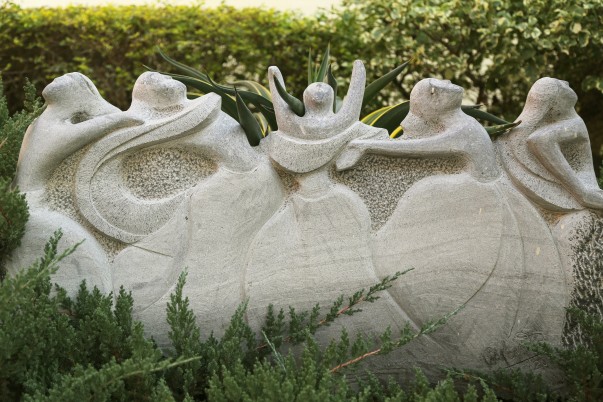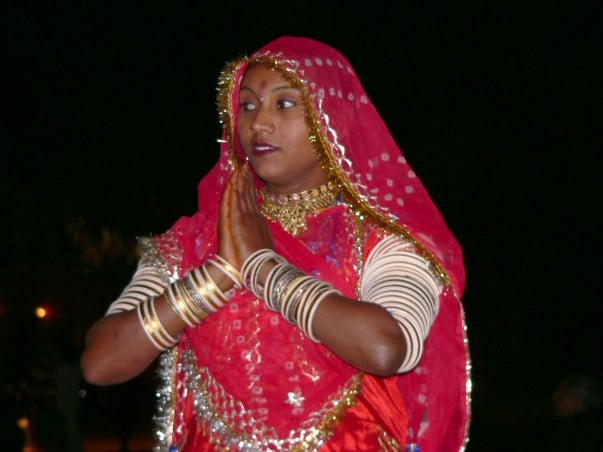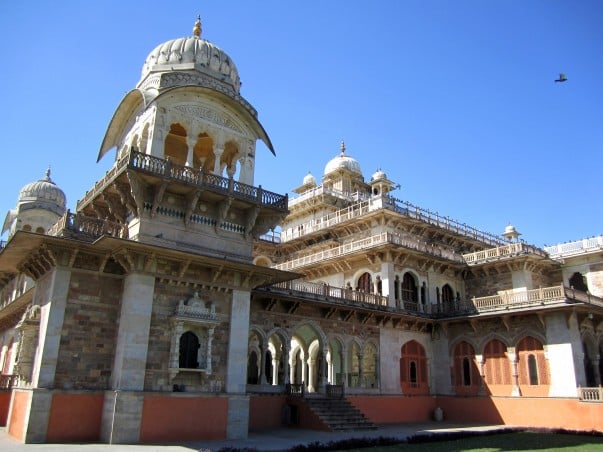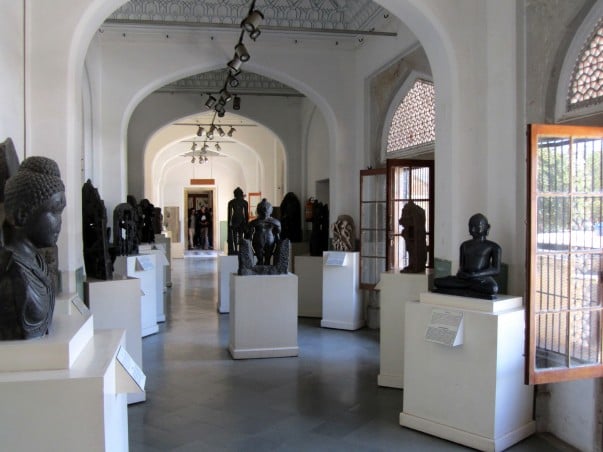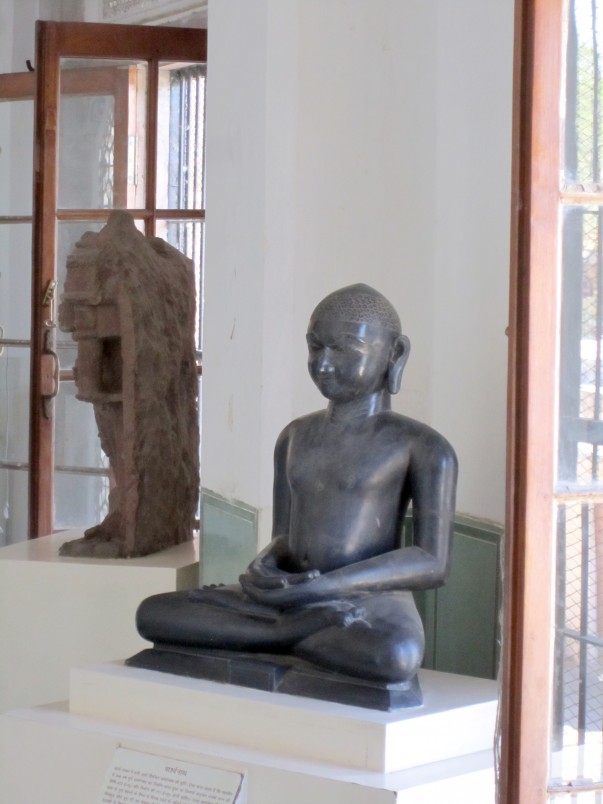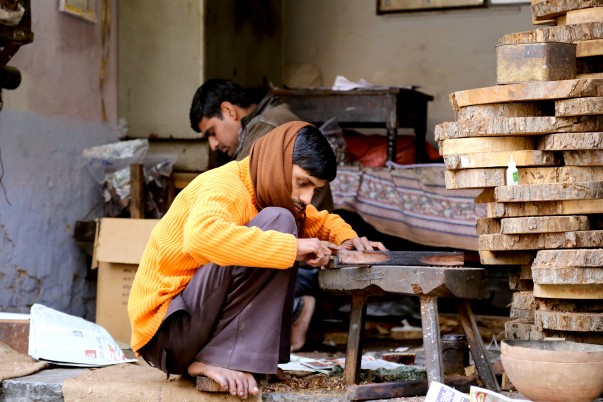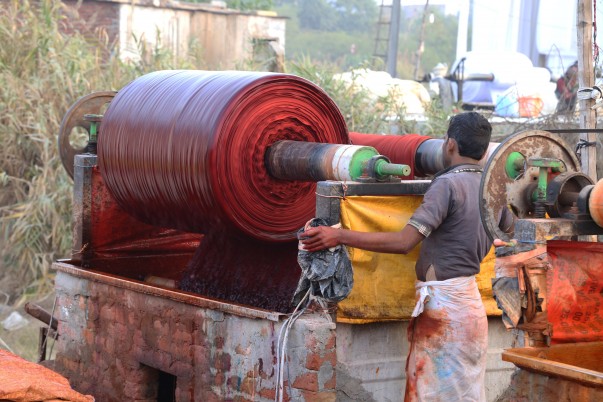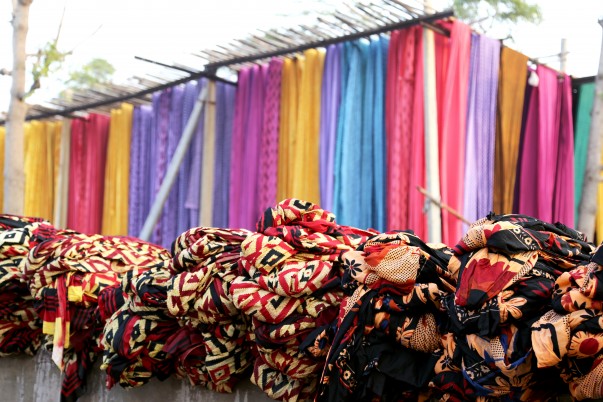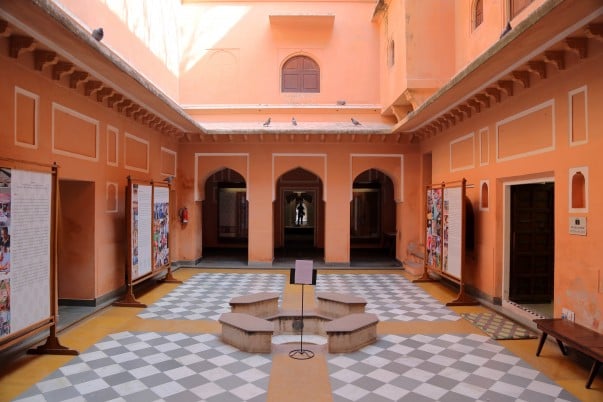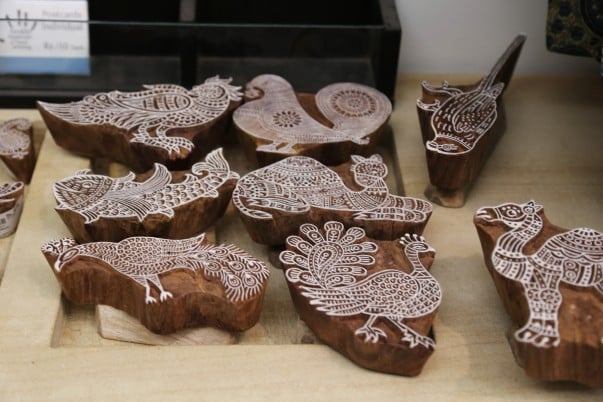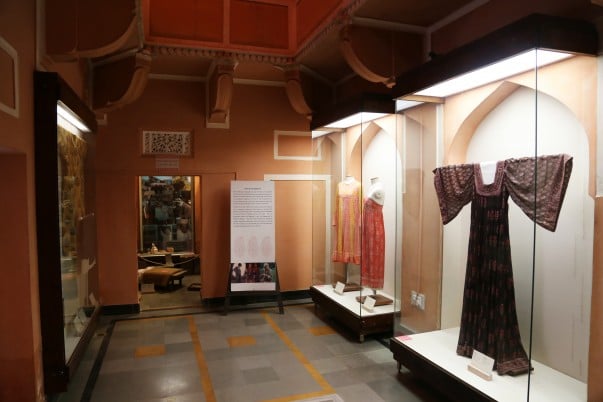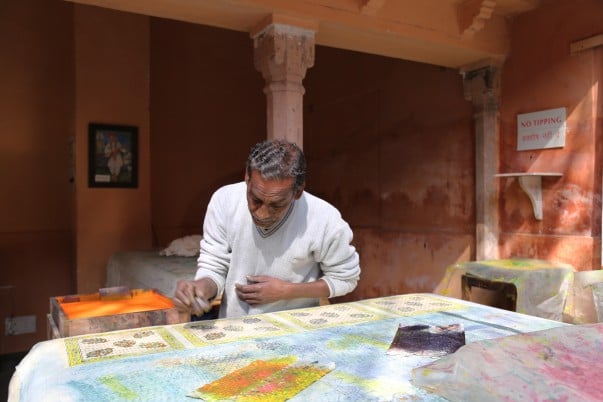My engagement with Jaipur goes back to my college days. Whenever I travel from Delhi to Jaipur, old fond memories of college life comes alive and I start feeling nostalgic. I always get fascinated by the traditional legacy, royal opulence and modern pulse of this great iconic city. Every corner of this great city has a story to narrate through its rich cultural past and modernism blended together, you just need to lend your inner ear to listen to this silent narration. I have seen this city evolving from a slow-paced town to a mega tourist destination with all modern facilities and comforts to make every tourist stay memorable.
Jaipur is known worldwide for its magnificent architecture, splendid palaces, majestic forts, jewellery, gems, semi-precious stones, colorful markets, festivals, and food, making it extremely popular tourist hub among domestic and international tourists alike. This capital city of Rajasthan, popularly known as the ‘The Pink City’ of India is a part of famous Golden triangle tourist circuit comprising Delhi and Agra. Jaipur also referred to as ‘City of Victory’ derived its name from its Kachhwaha Rajput dynasty ruler Maharaja Sawai Jai Singh II who established this well planned city between 1727 and 1734.
Maharaja Sawai Jai Singh II himself was a great Scholar of Mathematics, Art, Astronomy, and Science which is evident in the meticulous planning and brilliant Architecture of this iconic city. He sought support from Vidyadhar Bhattacharya, a Brahmin Scholar from Bengal who aided him in designing Jaipur’s architectural plan keeping all architectural and scientific principles in mind based on Shilpa Shastra (Traditional Hindu encyclopedia on Architecture).
Jaipur is one of the first planned cities of pre-Independence India. Historical walled city is based on traditional Indian concept of Vastu Shastra (Ancient Indian theory defining the effects of nature on Human dwellings). Heritage city of Jaipur is divided into nine blocks, crisscrossed by wide and narrow lanes, housing some of the most famous landmarks. Ruler of Jaipur was very concerned about the security aspect of the city; hence it was well protected by high fortress walls and eight gates.
Well-connected to almost all major cities of the world, Jaipur is easily accessible by railways, roadways and by air from all parts of India. Almost all prominent flights connect this city with major destinations of the world. Jaipur is slowly morphing into a cultural and business hub offering all sorts of modern facilities to its visitors. Modern Jaipur also offers some interesting landmark buildings which are worth watching and visiting. All in all, Jaipur is a perfect amalgamation of old and new world charm. So here is the list of main Jaipur attractions :
Hawa Mahal: Palace of Winds
Situated in the middle of old city of Jaipur, this five-storey high architectural marvel built by Maharaja Sawai Pratap Singh in 1799 is an icon of Jaipur city. The front façade of this building comprise of 953 intricately carved small windows or Jharokas and Jaali (screens) work covered with splendid carvings and paintings.
These small windows enable free air flow through its intricately carved Jaali work thereby keeping the whole building cool hence it is also popularly referred to as ‘Palace of Winds’. Built in red and pink sandstone, this palace rises 50 feet above the ground level and is erected on a raised podium.
This magnificent architectural marvel of bygone era comprise of five storeys–Sharad Mandir, Ratan Mandir, Vichitra Mandir, Prakash Mandir and Hawa Mandir and two large courts.
The main architect of this Palace, Lal Chand Ustad is believed to have drawn his inspiration from the crown of Lord Krishna (The Hindu God). This palace resembles a Pyramidal structure decorated with small domes, balconies and beautifully carved windows. A perfect blend of Rajasthani and Mughal architecture. Hawa Mahal was built to enable women of erstwhile Royal Family to watch city festivals and processions through it small intricate windows thereby maintaining their privacy.
Entrance to this building is from its back side in the Palace complex through a gate which opens up in spacious courtyard with buildings on its three sides. Hawa Mahal doesn’t have any stair to reach the top floor. Slopes and passages connect different floors. This Palace has an Archeological museum housing some precious pieces of Artifacts and paintings. One can have glimpse of old part of the city by reaching its top and getting a 360 degrees view of rich cultural Rajput heritage of Jaipur.
Forts: Signature of Rajput chivalry, power and prosperity
The Amber or Amer fort was erstwhile capital of Rajput Kachhwaha rulers for five centuries; it was only in 17th Century that Maharaja Sawai Jai Singh shifted his kingdom from Amer to Jaipur.
Built atop Aravalli hills range, this majestic fort can be seen from far distance and was once a house for Generations of Rajput rulers. This fort could easily be approached on foot or on an Elephant back through its steep path leading to its first gateway, Jai pol which leads to a spacious courtyard known as Jaleb Chowk and the Singh Pole (The Lion gate). This courtyard always bustles with tourists from all over the world and lots of snacks counters, art emporiums and street food counters. From Jaleb Chowk, tourists can take a staircase to either The Palace complex or the temple of Shila Mata. Amber fort can also be reached on light four wheelers through a road just behind the Palace.
There are four different levels of courtyards leading to different sections of the fort. The first prominent Hall on entering this Palace is ‘Diwan-I-Aam’ (Hall for Public audience). The beautifully carved double red sandstone pillars are worth watching and stand as a testimony to magnificent Rajasthani Architecture. Ganesh Pol is the main entry point to the private sections of the fort where Kings, queens and their attendants used to stay. ‘Diwan-I-Khas’, Sukh Niwas, Jas Mandir and Mughal garden with landscaped gardens and fountains forms the third section of this palace. Delicately carved ceilings with multi-colored mirror work, mosaics, and fresco paintings give a splendid feel to these buildings.
On the foothills of Amer fort is Maota Lake which was once served as water source for Amer fort. This lake houses beautifully landscapes gardens with flower beds and plantations. In olden days, saffron plantation was done in this garden which is why it is also known as ‘Kesar Kyari’ or ‘Saffron Garden’ to keep nearby atmosphere full of saffron fragrance.
One of the highest fort complexes in this region is Jaigarh Fort which can be seen from Amer fort complex and was once a main centre for Armory for Rajput rulers. There is a large water reservoir, private residences and landscaped gardens inside the fort complex. On the highest podium of this fort lies a large canon with 6 meter long barrel known as ‘Jai Ban’. It weighs 50 tons and has been used only once till date. Each wheel of this gigantic canon measures around 8 feets in diameter. Standing next to this giant canon, you will look like a dwarf; just give it a try… you will experience it for yourself!
Overlooking the city of Jaipur on the edge of rugged Aravalli hills, stands the majestic Nahargarh fort, which was once a hunting retreat for the Maharajas? This fort was built to serve as the strong defense line for the Kingdom of Amer. This fort comprises of various well decorated sections built for Queens and attendants connected to each other with corridors. From this fort you can get a breathtaking view of the city of Jaipur at Night.
Visit these forts and experience the bygone era of Rajput supremacy and power yourself…!
Kanak Vrindavan Valley: Abode of Lord Krishna
Perched on the foothills of Aravali hills and nearby Man Sagar lake is a landscaped complex of Garden and temple complex known as Kanak Vrindavan. For those wanting to enjoy Serene and peaceful environs far away from the hustle-bustle of the city, Kanak Vrindavan is an ideal destination to unwind and an ideal picturesque spot to relax. This place got its name from Maharaja Sawai Jai Singh II 275 years ago when this complex was built. Term ‘Vrindavan’ was coined as this place resembled the Vrindavan where Lord Krishan resides and use to spend time with his Gopis as per the description stated in Hindu Scriptures.
This landscaped garden complex is divided into eight sections and is speckled by trees, carved chattris, and fountains. The peaceful and serene atmosphere casts an enchanting spell on its visitors and is an ideal spot for picnic or just taking a stroll.
Adjoining this garden complex is “Govind Deoji temple’ complex, dedicated to Lord Krishna (A Hindu Deity) is beautifully carved in marble and red sandstone which forms an impressive backdrop for many Hindi Bollywood moviemakers.
An ideal stopover point for tourists visiting Amer, Nahargarh and Jaigarh forts.
City Palace: A Jewel in Jaipur’s crown
This sprawling complex located in the north-east part of old city is the City palace, built by Sawai jai Singh II from 1729 to 1732, and subsequently successive Rajput rules made addtions to this complex till 20Th century. This magnificent complex houses some of the best carved buildings, gardens, halls, museums, galleries and courtyards. A classic mélange of Rajasthani and Mughal architecture, this complex displays an exquisite workmanship, crafts, and richness of bygone royal era.
Chandra Niwas, Mubarak Mahal, Diwan-I-khas, Diwan-I-Aam, Sileh Kahan, Govind Dev ji Temple and are some of the outstanding structures that decorates this rich complex with its architectural brilliance and opulence. House to current Royal Family of Jaipur, some part of this complex is not open to general tourists.
Chandra Niwas or Chandra Mahal is a seven-storey building and forms the prominent part of this large complex, each floor has a different name assigned to it such as Sukh Niwas, Ranga Mandir, Pritam Niwas and Mukut Mahal. Current Royal family who are the descendants of erstwhile Jaipur rulers stay in Chandra Niwas. Main entrance to this private section of this Palace complex is through Tripolia Gate. Most part of Chandra Mahal is not accessible for general tourists, except for ground floor which houses a museum containing paintings, manuscripts and other precious art items of the Royal family.
There is an intricately carved Peacock gate near the entrance of this private complex. On the top of the Chandra Mahal is unfurled Royal Flag which is an indication of King’s presence in the Palace. On the back side of the Chandra Mahal is water pond and landscaped garden.
Diwan-I-Khas is a beautifully carved complex on a raised platform with stone pillars on all its four corners. This Complex was used a place for Maharajas private audience. The main attraction on this complex is two large silver urns measuring 1.6 meters (5.2 ft) in height and weighing 340 Kilograms (750 lb) displayed here. These large urns were specifically manufactured by Maharaja Madho Singh Ji II of Jaipur who used them to carry sacred Ganges water for drinking during his visit to England in year 1901 for King’s coronation.
Maharani Palace or Mubarak Mahal which was once a home to Royal queen is a now a museum of vast collection of Royal textiles, garments, jewellery, and weapons used by generations of Jaipur Rulers. On the first floor is armory which has some rare collection of pistols, daggers, and swords used by Jaipur rulers during wars. The ceiling of this Palace has unique fresco work.
A must for all tourists visiting Jaipur, this complex presents an ample opportunity to peep into rich cultural heritage of Rajasthan.
Jaipur Markets: Rich Kaleidoscope of arts, textiles, crafts and jewellery
Jaipur is not only popular for its exquisite architectural heritage; it also offers a rich legacy of traditional shops, markets, and crafts arcades. Old part of the city is full of vibrant and colorful shopping options to choose from. Take a Rickshaw (paddled three wheeler non-motorized carriage) or simply walk if you want to enjoy the richness of Jaipur Markets. Bapu bazaar, Nehru Bazaar, Indira Bazaar, Chaura Rasta and Johari bazaar are some of the most prominent markets in the heritage part of the Jaipur city. Full of colorful Textiles, hand dyed sarees, Block-printed bed sheets, artificial jewellery, semi-precious stones, handicrafts and Jaipur Quilts (popularly known as Jaipuri Razaai) these markets offers everything which every tourist visiting this rich city may want to take back as a memorabilia.
An interesting shop at one corner of Johari Bazaar near Hawa Mahal offers colorful Rajasthani Turbans; you can wear one such turban and get yourself clicked. You will find lot of Rajasthani man wearing colored turbans and local attire.
In the narrow market by lanes of Jaipur one can catch a glimpse of various traditional artists practicing their priceless arts of Miniature Paintings, hand carvings, brass and metal works. There are numerous restaurants, shops, offering various eating options for its visitors from sweets, Indian and continental dishes to local snacks. LMB (Laxmi Misthan Bhandar) is one such shop in Johari Bazaar area which is a popular sweet and snacks shop offering wide range of options to choose from. Kachoris, samosas and Jalebis could be found in lot of local shops at every corner of the city. Relish your taste buds with rich cuisine of Jaipur.
Jawahar Kala Kendra: confluence of Arts, culture and music
On the outskirts of city lies another marvelous piece of modern architecture known as Jawahar Kala Kendra. Situated on Jawaharlal Nehru Marg is a Multi-cultural art complex made out of Red Sandstone which was conceived and designed by world-renowned architect Charles Correa in Year 1993. The master plan of this building is based on original Jaipur city plan of nine mandals or squares with central square left open. It is surrounded by 8 meters high walls which is reminiscent of high fortress walls of the old city.
This complex houses Art galleries, Library, Theatre, auditorium, art studios, amphi-theatre and a coffee house preserving the rich cultural heritage of Rajasthan. Every year this Art complex organizes it sown cultural festivals, events and performances to offer its patron a platform to witness rich traditions and cultural heritage of Rajasthan.
This building has some interesting paintings, murals and art objects transporting you into traditional world of Rajasthani art and culture. Various art studios and galleries offer various Artists an opportunity to display their creative skills.
Chokhi Dhaani: Confluence of Rajasthani village life, folk art, crafts, food and music
Feel the pulse of authentic Rajasthani village culture at ‘Chokhi Dhaani’, an Ethnic five star village heritage resort on the outskirts of Jaipur city, a must-have on every tourist itinerary.
As soon as one enters this heritage complex, women decked up in traditional Rajasthani attire welcomes you by smearing your head with Tilak (application of mark on forehead) while a traditional shehnai (popular musical wind instrument) churns out traditional welcome notes filling entire atmosphere with a sense of energy, auspiciousness and heart-felt welcome right at the entrance point. This traditional welcome is more than enough to transport every visitor into a rich culture of ever welcoming land of Rajasthan.
Walking little deep into this complex one can start relishing different aspects of village culture. Dotted with Machaans, traditional huts, thatched roofs, and platforms, entire place is lit up using traditional hanging lamps, mud walls painted with traditional wall paintings, giving this beautifully landscaped place a rustic village appeal. While you are still savoring this village ambience, chances are that you may automatically get driven towards small-small counters offering various eatables like, Indian street food, tea, traditional sweets, fresh fruit juice and refreshing drinks. If this is not enough you can take walk inside traditional arts and crafts bazaar called ‘Kala Gram’ offering all kinds of traditional handicraft creations, arts, jewellery and many other artifacts which you may want to carry with you as a sweet remembrance. At once corner of this traditional crafts bazaar, you can witness making of world-famous traditional block-printed fabrics and blocks.
Live folk dances, astrologers, acrobats, snake charmers, camel and bullock card rides transports you further into rich and vibrant Rajasthani folk culture making every moment cherish able. Children can enjoy puppet shows exhibiting traditional folklore of Rajasthan. An artificial jungle trail with roar of animals, artificial pond and camel rides are some activities which children and adults enjoy alike. If you are tired of roaming around you can sit or relax at any traditional cot, stone benches or traditional bamboo chairs which are provided at every corner for the comfort of its visitors. Henna paintings and head massage is another interesting activity which you may want to indulge yourself into.
In case if you are exhausted and tired of roaming in this sprawling complex, a traditional dining hall and open dining area renowned for serving traditional Rajasthani culinary delights fulfills your gastronomic needs. You can choose to sit on floor or a chair with a small table in front and can enjoy sumptuous Rajasthani food flavors served in a brass Thali (large plate with small bowls). After having so much fun you will never want to say good bye to this rich, vibrant and colorful place which is full of life and resonates with fun.
Albert hall Museum: Peep into rich historical past
Situated right in the middle of Ram Niwas Gardens complex of Jaipur City is Rajasthan’s state oldest Museum known as Albert Hall Museum. This museum was named after King Edward vii (Albert Edward), during his visit to this historic city of Jaipur in year 1876 who laid the foundation stone of this historic museum.
In year 1880, Maharaj Sawai Madho Singh ii approved it to be used as a museum which was originally meant to be a town hall or a center of cultural or educational use. This Museum was completed in year 1887 and was designed by an architect Samuel Swinton Jacob. Built in Indo-Saracenic architecture, this museum presents an exemplary example of stone ornamentation with intricate carvings, mural work and numerous fresco paintings across the entire complex.
This museum house varied displays ranging from Metal Art, Pottery, Sculptures, Clay Art, textiles, Arms and armour, International art and lots of other miscellaneous artifacts. One must visit this museum to catch a rich glimpse of not only cultural heritage of Rajasthan but India and the world.
Block Printing: Poetic expressions on Fabric
Sanganer, a small town on the outskirts of Jaipur city is world-famous for its hand-made blocks printing and dyeing of cotton fabrics. Generations of households from this small town are involved in this traditional art of block making and fabric printing. As you enter the narrow and dingy lanes of this town, you will find scores of small scale units involved in this printing business.
Hoards of white textiles are washed, dyed and printed in small scale units. The dyes and block makers mainly come from Sindh and Punjab and settled here in late 17th century and belong to a community called ‘Chippa’. Most of them are which belong to Hindu Community are followers of Marathi saint ‘Namdev’.
Nowadays, Sanganeri prints are famous world over and are used for variety of clothing material, and finished household products. It is indeed worth watching these block makers and printers weaving a magic over yards of fabric using wooden blocks.
Anokhi Museum of Hand printing (Amer) Jaipur
On way to Amber fort, there is a hidden jewel in form of ‘Anokhi Museum of Hand printing’. Tucked away in town of Amber in a Renovated Haveli known as ‘Chanwar Palkiwon ki Haveli’ or Mansion. The impressive collections of Block making tools, techniques, historical images and Live demonstration area. This gives one an ample opportunity to delve deeper into this precious art of Wooden Block printing. These are numerous displays in the galleries at second floor which gives a glimpse into rich world of Hand printed fabrics.
